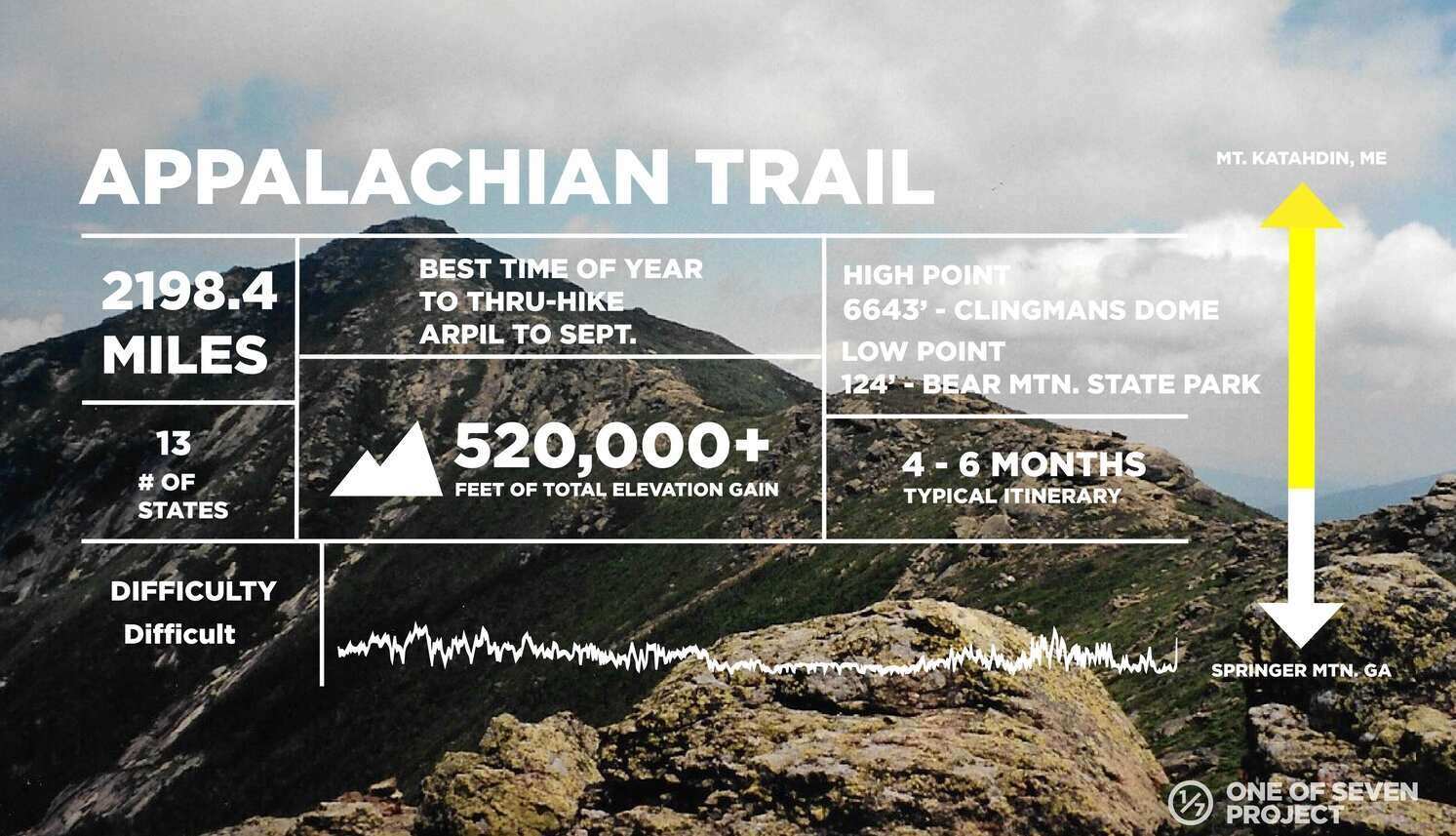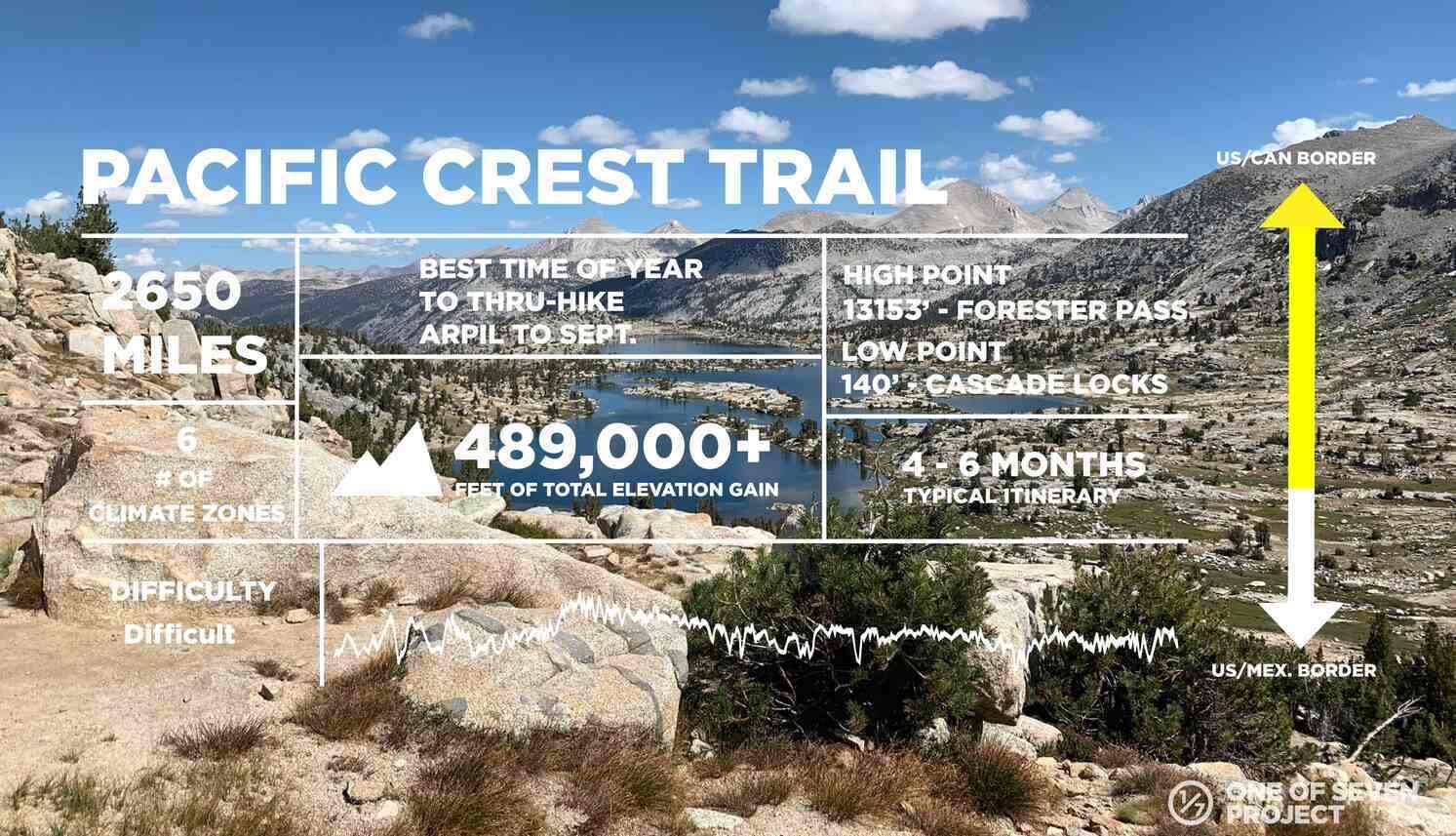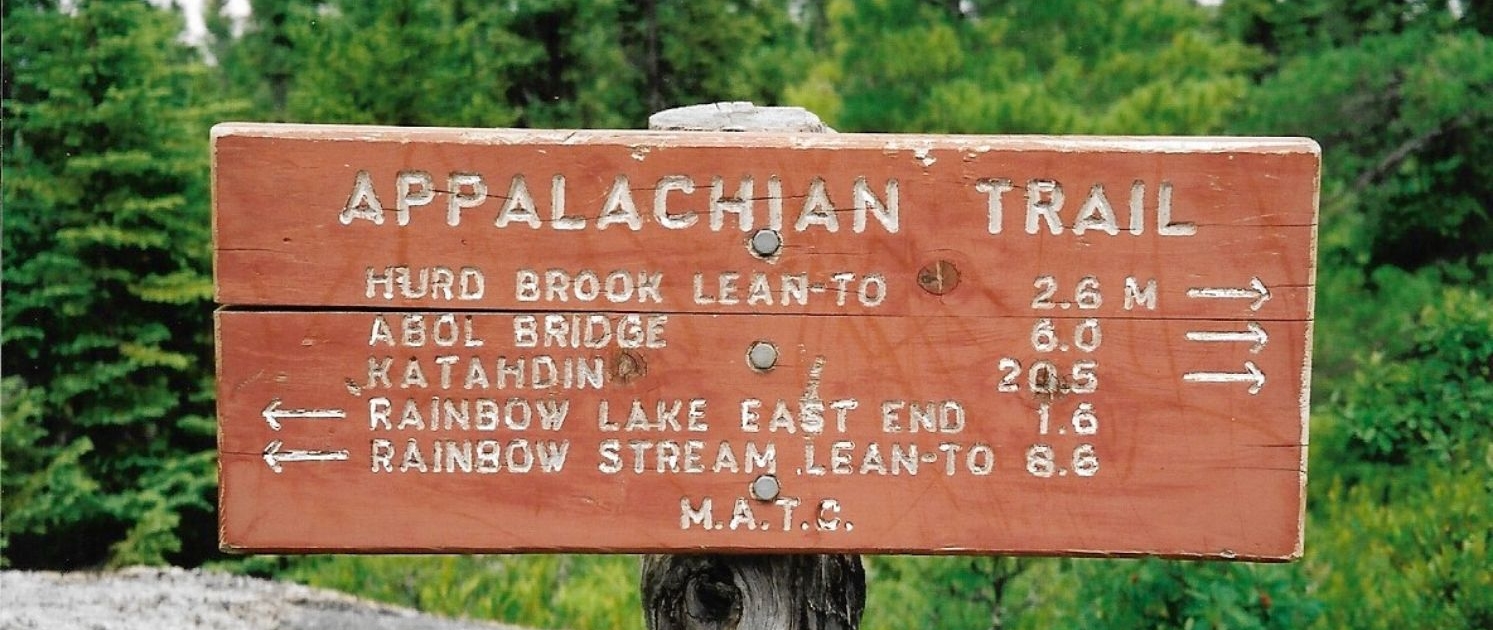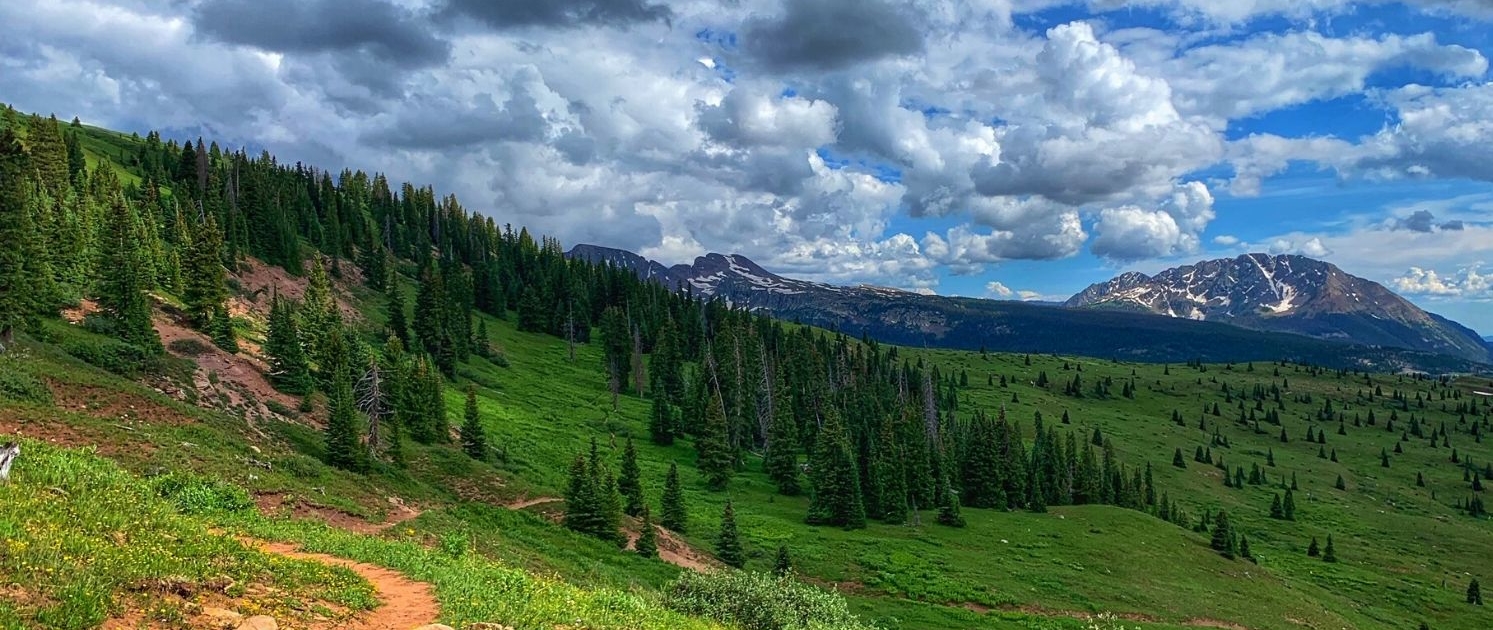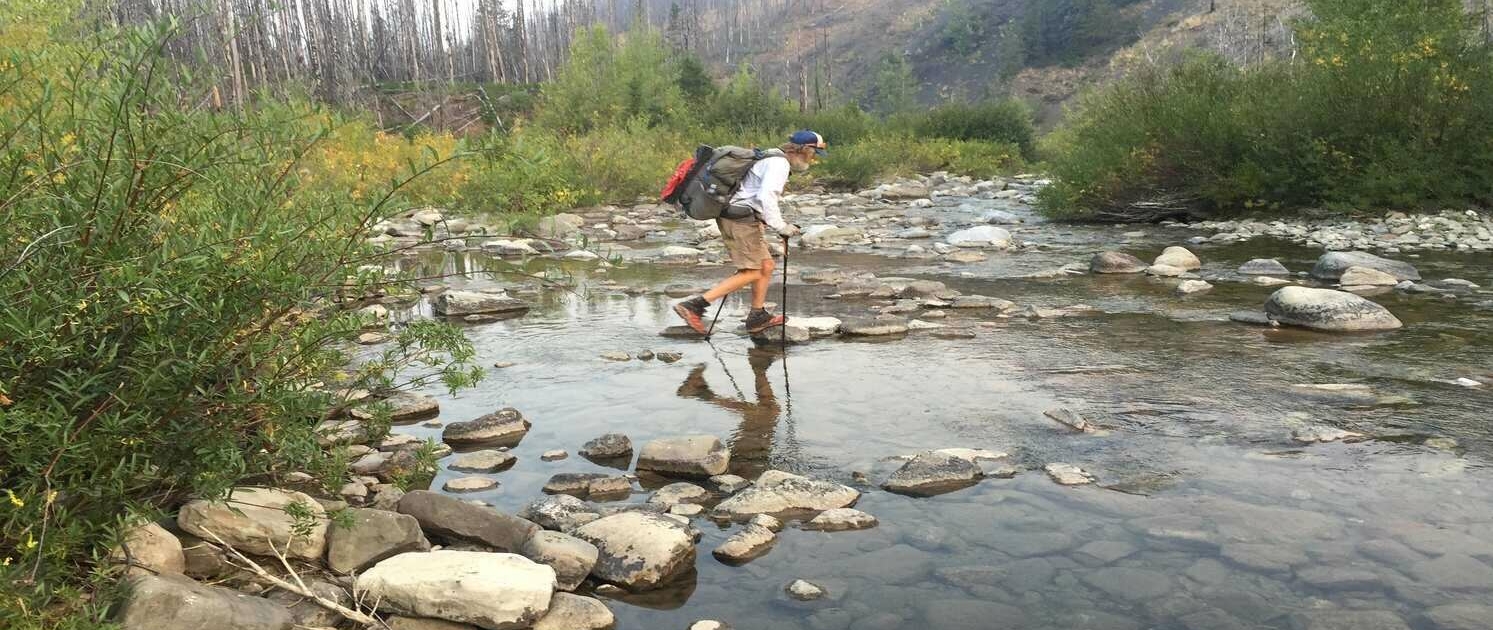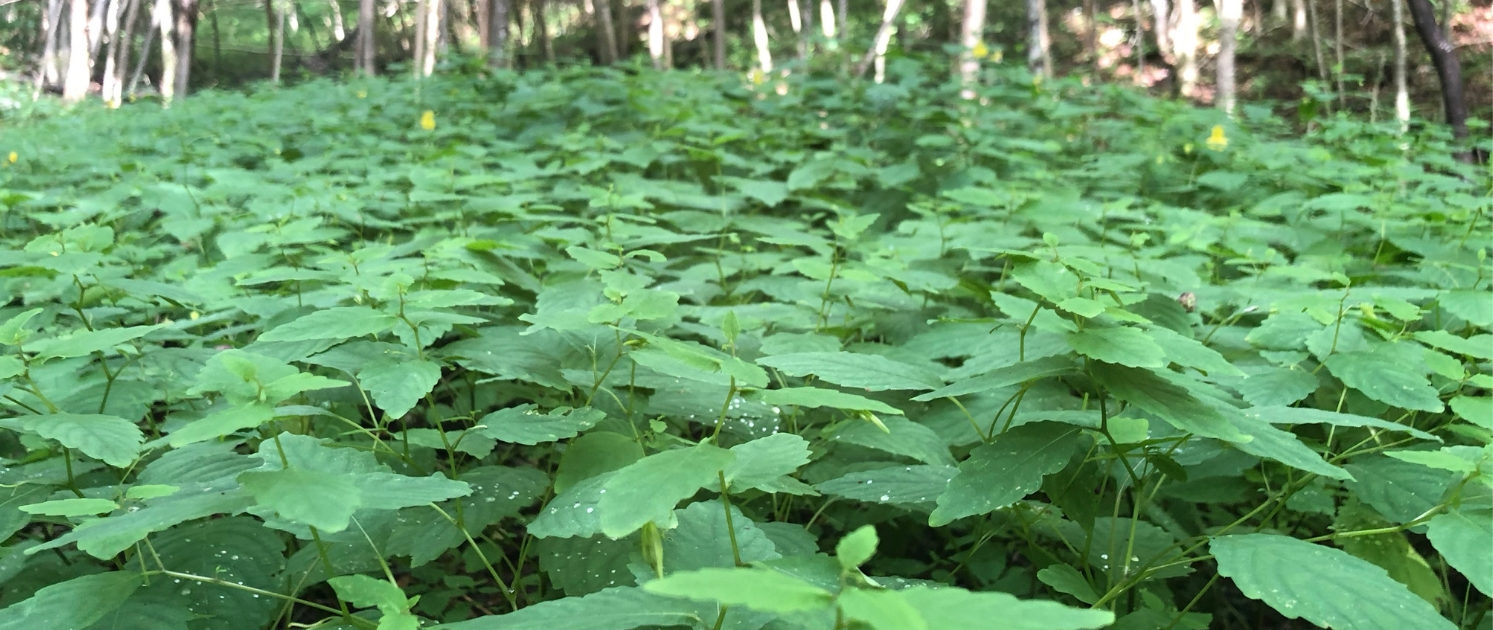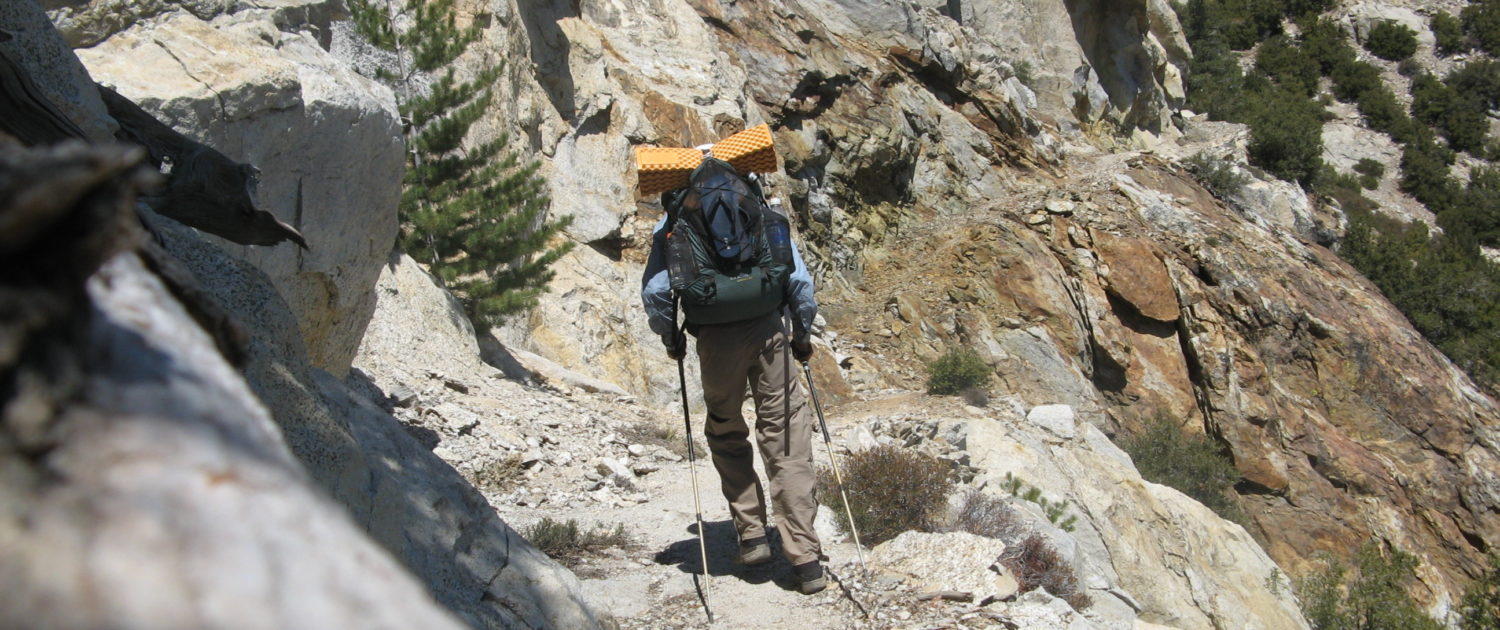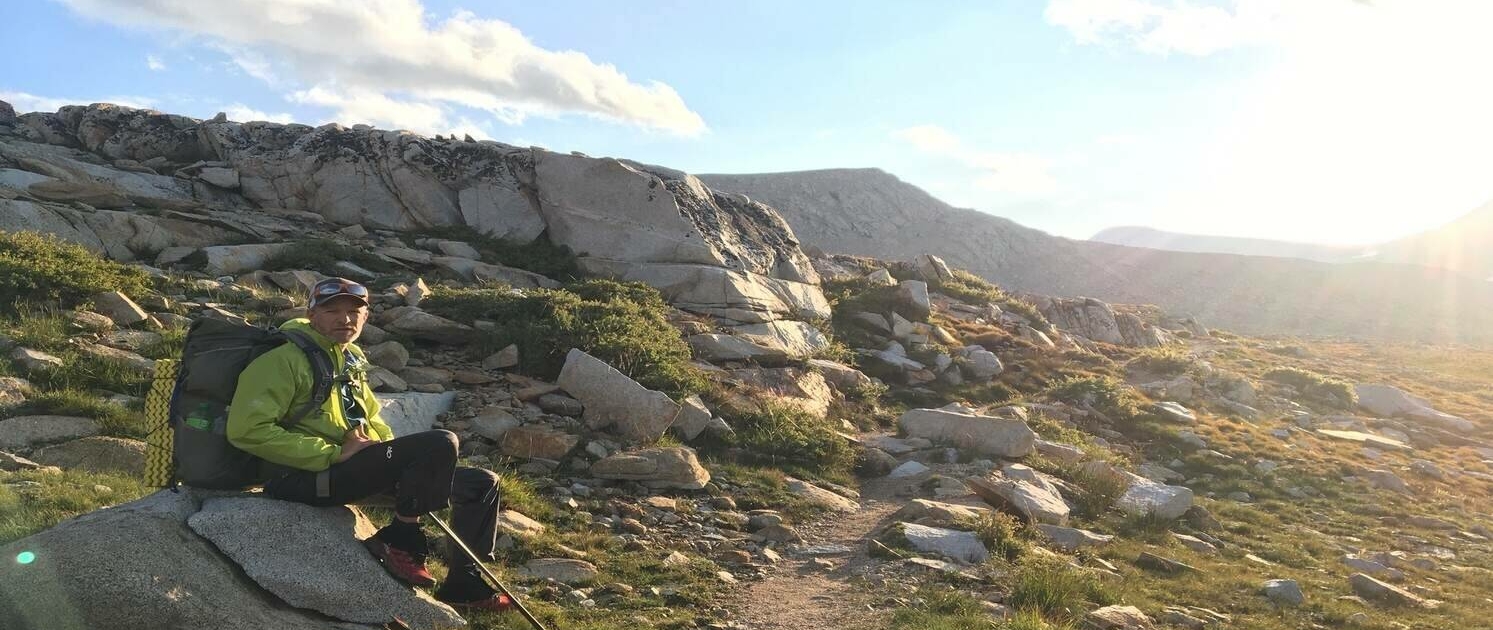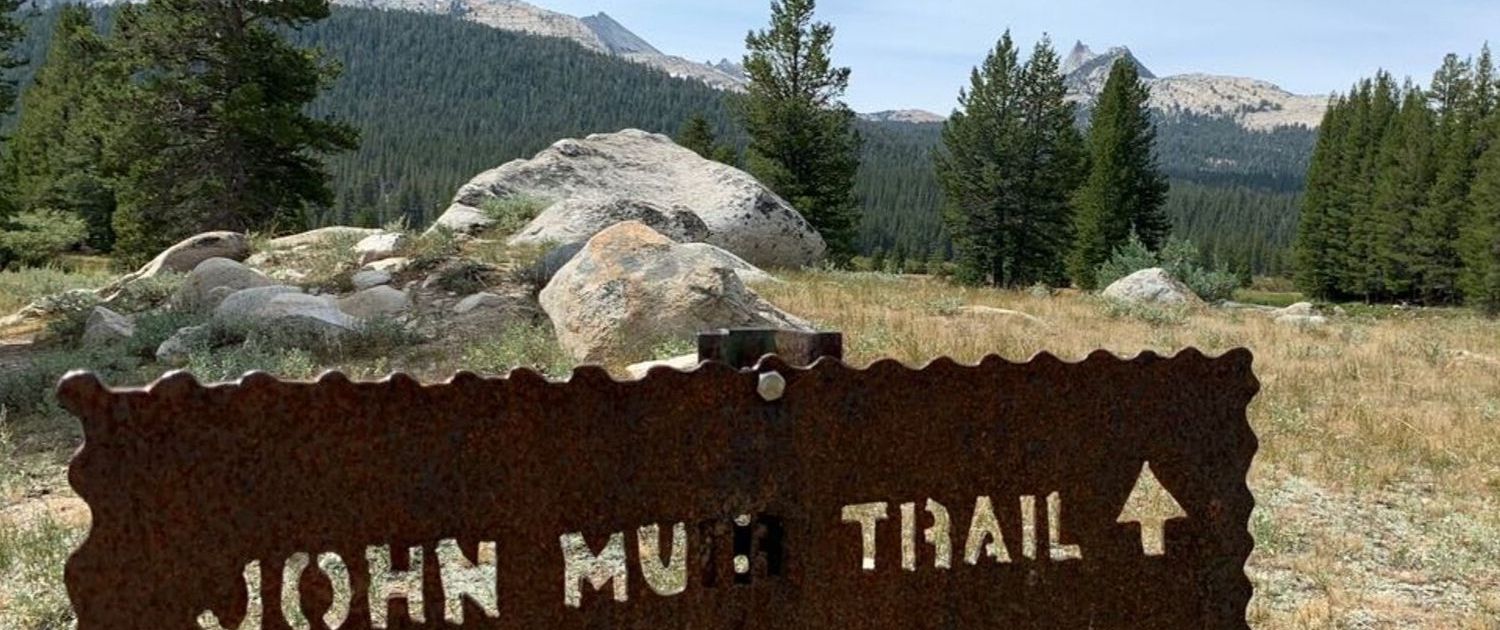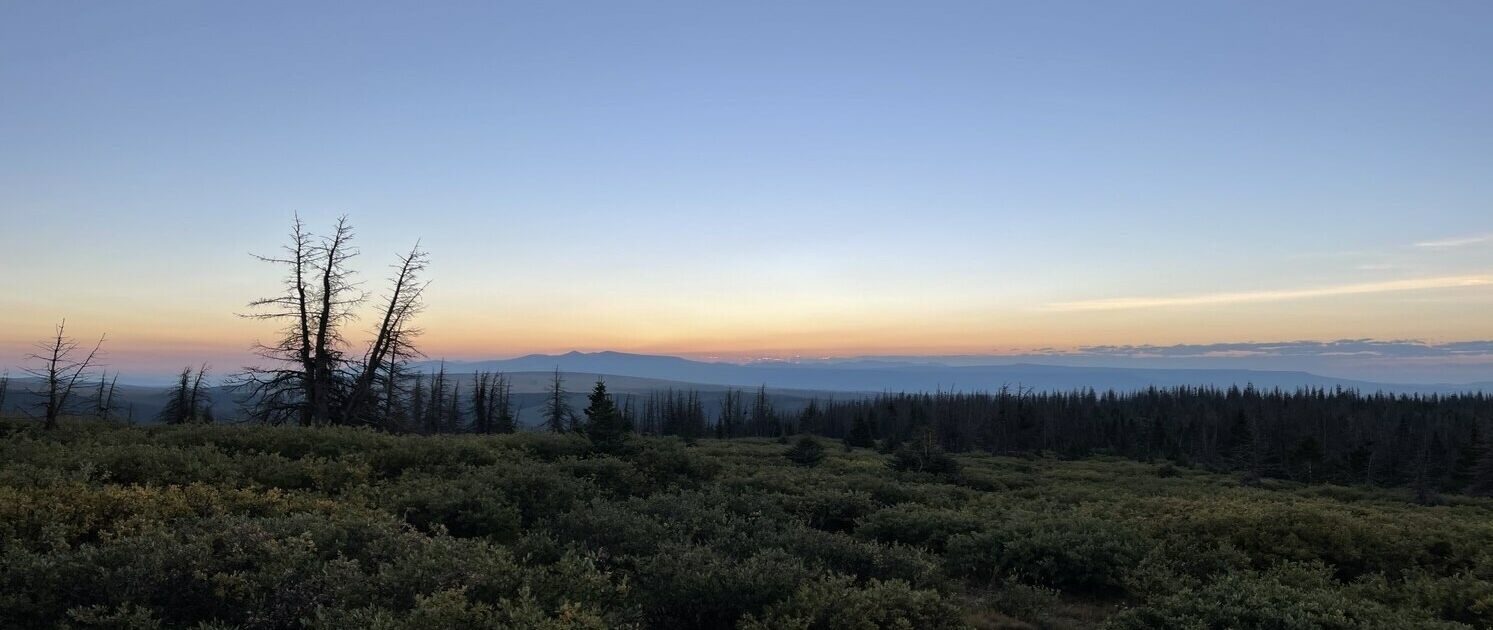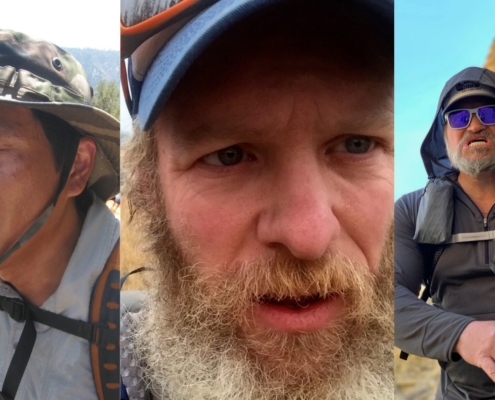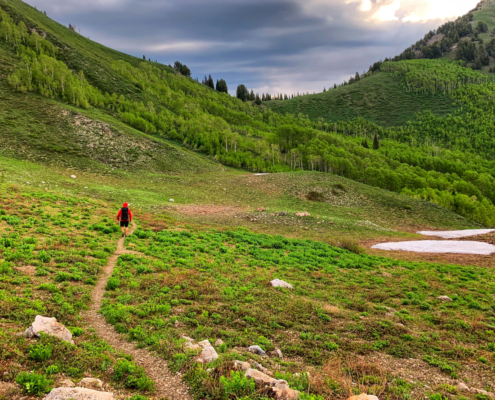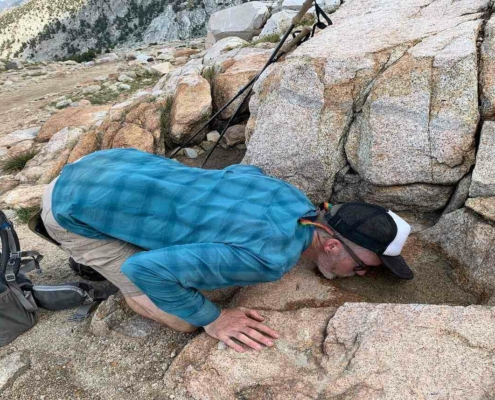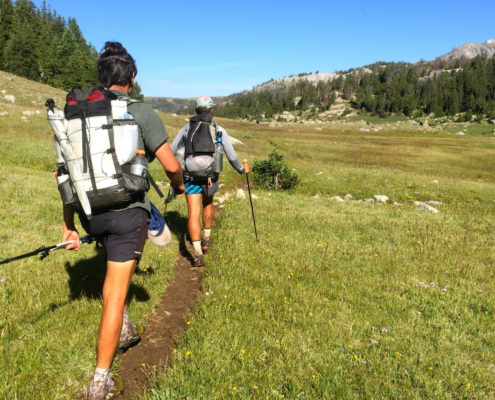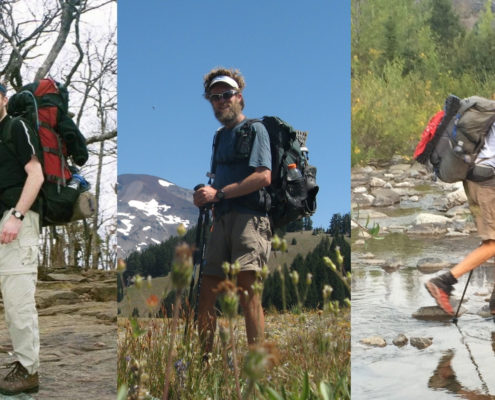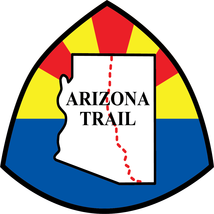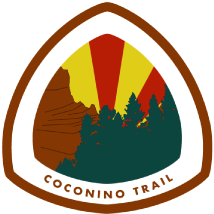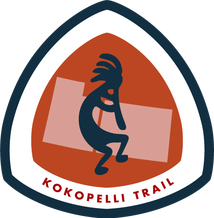One of the most popular questions I get asked is to compare the AT vs. PCT.
Comparing them is like comparing apples to oranges—they’re different in nearly every aspect. If you’re after a more comparable discussion, the PCT vs. CDT would make more sense.
No one can tell you which trail is right for you. Factors like your time, fitness, confidence, and weather conditions will all influence your decision. My advice? Research, prepare thoroughly, and know your ability level.
In my experience, the AT felt harder, but that was likely because it was my first thru-hike. Both trails can be equally challenging, depending on the year and conditions, but your experience will be shaped by factors like the time of year, snow levels, general weather, fitness, and direction of travel.
It used to be that the AT was the most common first thru-hike. However, with the advent of lighter gear, the PCT has become just as popular, with many now attempting it as their first thru-hike.
Below, I’ve broken down some popular categories to highlight the key differences between these trails. Keep in mind, these are based on my personal experiences—yours may differ. Keep reading to find out more as well as some tips for your own thru-hike and a look at my gear.
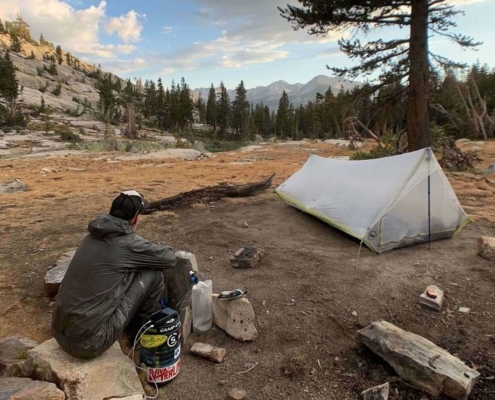 https://oneofsevenproject.com/wp-content/uploads/2020/04/rsz_1untitled_design_83.jpg
857
1493
Craig Fowler
http://oneofsevenproject.com/wp-content/uploads/2017/01/1of7-logo-lockup-grey-1132x212-300x56.png
Craig Fowler2020-04-21 12:02:372024-11-28 10:36:00How to Pick the Perfect Campsite
https://oneofsevenproject.com/wp-content/uploads/2020/04/rsz_1untitled_design_83.jpg
857
1493
Craig Fowler
http://oneofsevenproject.com/wp-content/uploads/2017/01/1of7-logo-lockup-grey-1132x212-300x56.png
Craig Fowler2020-04-21 12:02:372024-11-28 10:36:00How to Pick the Perfect Campsite


